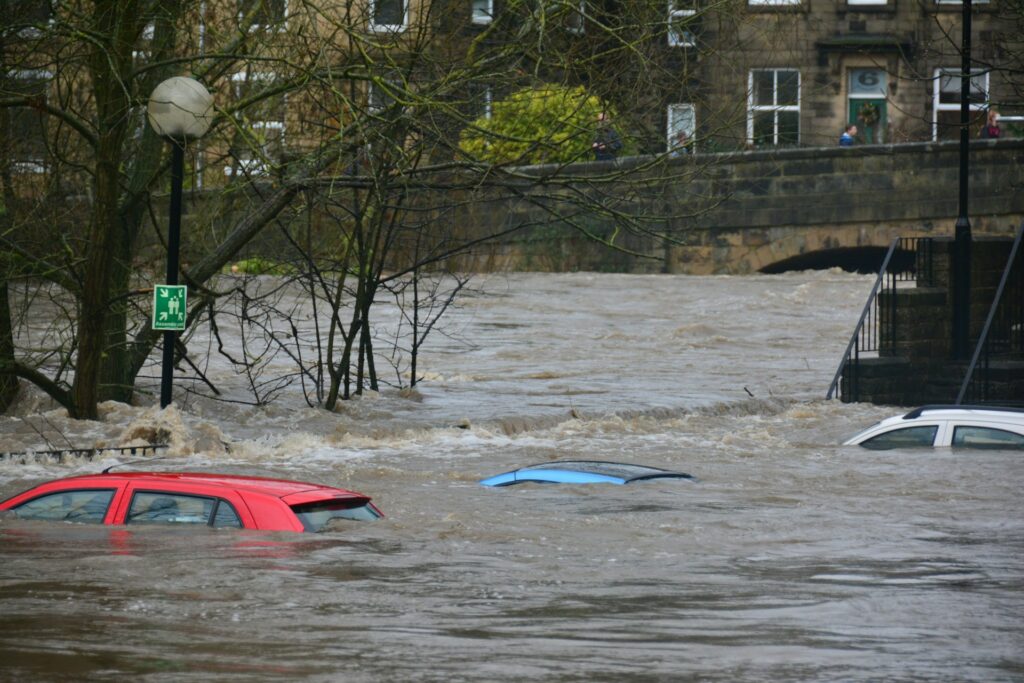
(Cupventi.com) – Severe weather continues to wreak havoc across East Africa, with Kenya facing unprecedented flooding that has claimed the lives of at least 70 people since mid-March, as confirmed by government spokesperson Isaac Mwaura. This figure has doubled from earlier reports this week, illustrating the rapid escalation of this crisis.
In a recent statement on the social media platform X, Mwaura detailed the devastating impact of torrential rains in Nairobi, where 32 individuals perished this week alone. The Rift Valley region also reported significant casualties, with 15 deaths attributed to the floods, according to a government report released following a disaster response committee meeting.
The consequences of these floods are far-reaching, with over 120,000 individuals displaced and 22 injured. The report also noted eight people missing, underscoring the chaos and disruption brought about by the incessant rains.
In response to the immediate needs, the Kenyan government has earmarked 3.3 billion Kenyan shillings (approximately $24.5 million) for emergency response measures. These funds are intended for infrastructure repairs, emergency housing, and food assistance. The flooding has severely impacted educational facilities, with Belio Kipsang, the principal secretary for education, reporting that 64 public schools in Nairobi have been substantially affected, representing nearly a third of all schools in the capital.
Despite these challenges, Deputy President Rigathi Gachagua has assured that schools will reopen as scheduled after the mid-term holidays. This statement comes as the government urges Kenyans to remain vigilant, with more heavy rains expected in the coming days due to the ongoing monsoon season.
The flooding in Kenya has been exacerbated by the El Niño weather pattern, a global climate phenomenon known for disrupting normal weather patterns, leading to extreme weather conditions such as droughts and heavy rainfall in different parts of the world.
Beyond Kenya, the region of East Africa is suffering broadly from similar conditions. Tanzania has reported significant loss of life with at least 155 people killed in flooding and landslides, as stated by Tanzanian Prime Minister Kassim Majaliwa. He also highlighted that over 200,000 people were impacted, with extensive damage to homes, crops, and critical infrastructure such as roads, bridges, railways, and schools.
Burundi, too, is grappling with severe weather, with about 96,000 people displaced due to continuous rains, according to the United Nations and the Burundian government. The UN’s humanitarian agency, OCHA, has reported that in Somalia, the seasonal Gu rains, which typically last from April to June, have intensified, causing flash floods and affecting over 800 people nationwide. Meanwhile, Uganda has seen devastating storms that led to the bursting of riverbanks, resulting in two confirmed deaths and the displacement of several hundred villagers.
This series of climatic adversities comes after the region attempted to recover from its worst drought in four decades last year, which left millions hungry and claimed over 300 lives in Kenya, Somalia, and Ethiopia due to torrential rains and floods. This ongoing crisis underscores the vulnerability of East Africa to climate change and the pressing need for comprehensive and sustained responses to weather-related disasters.